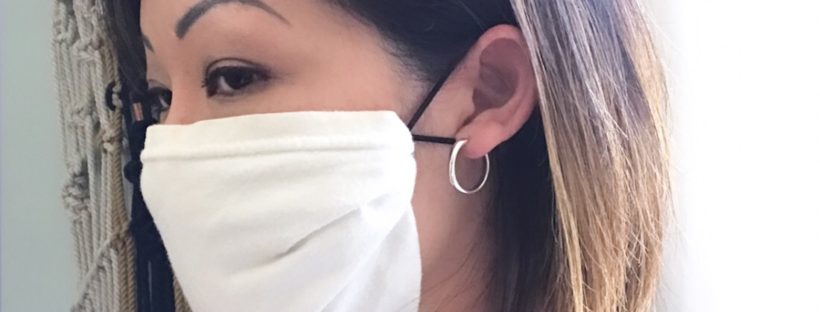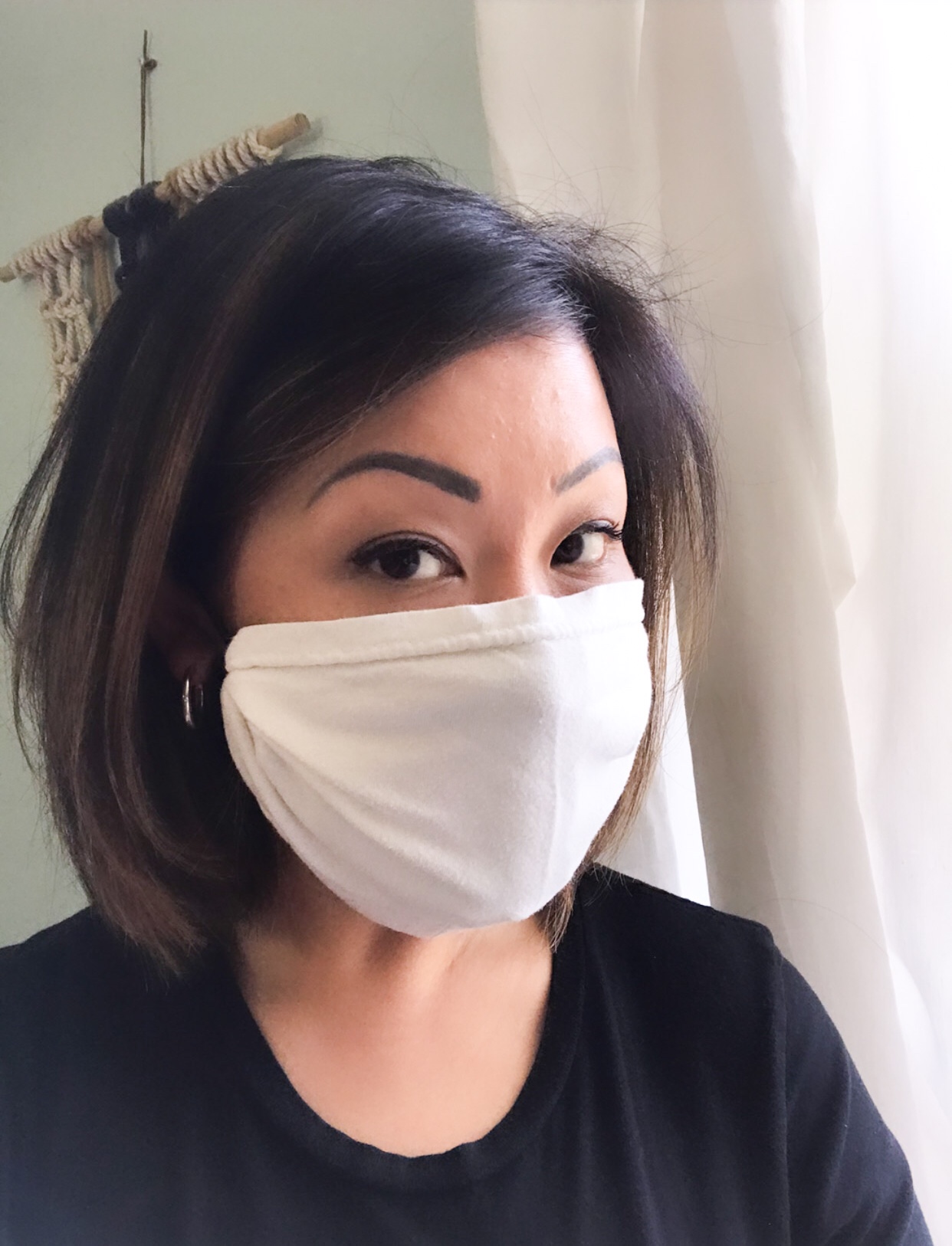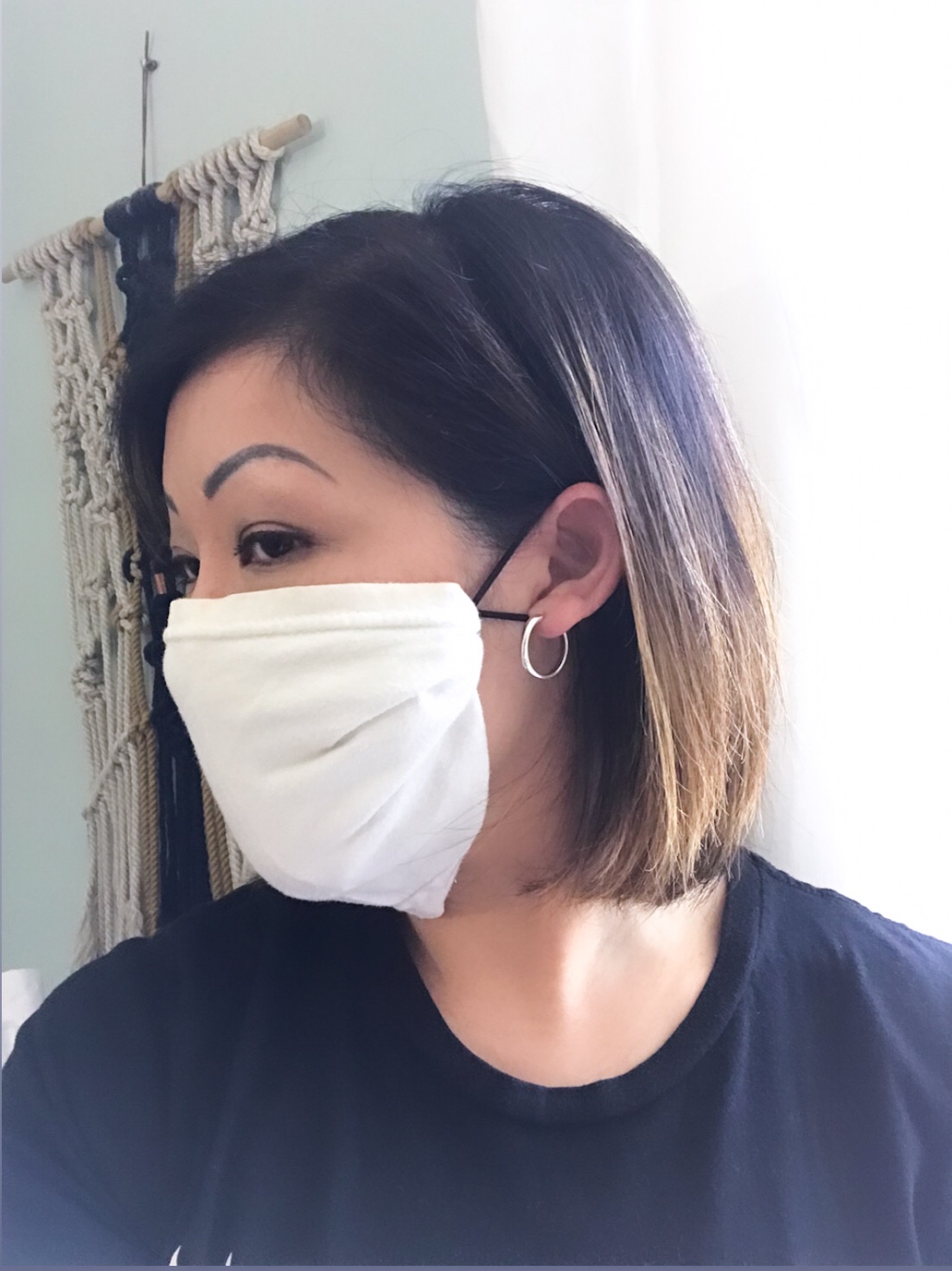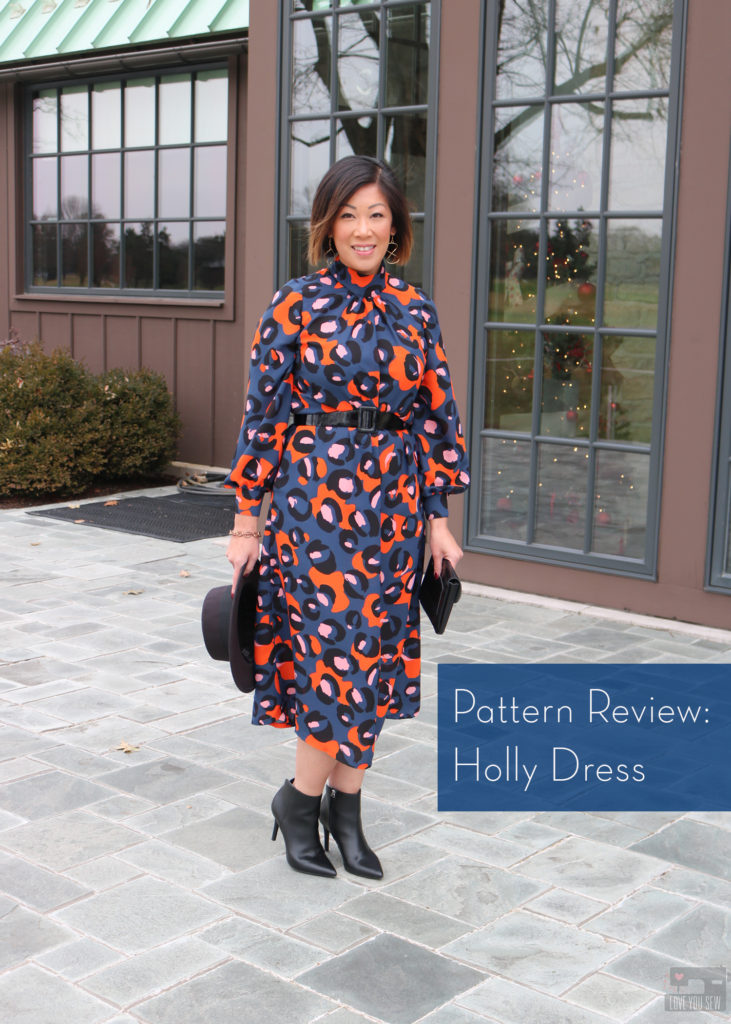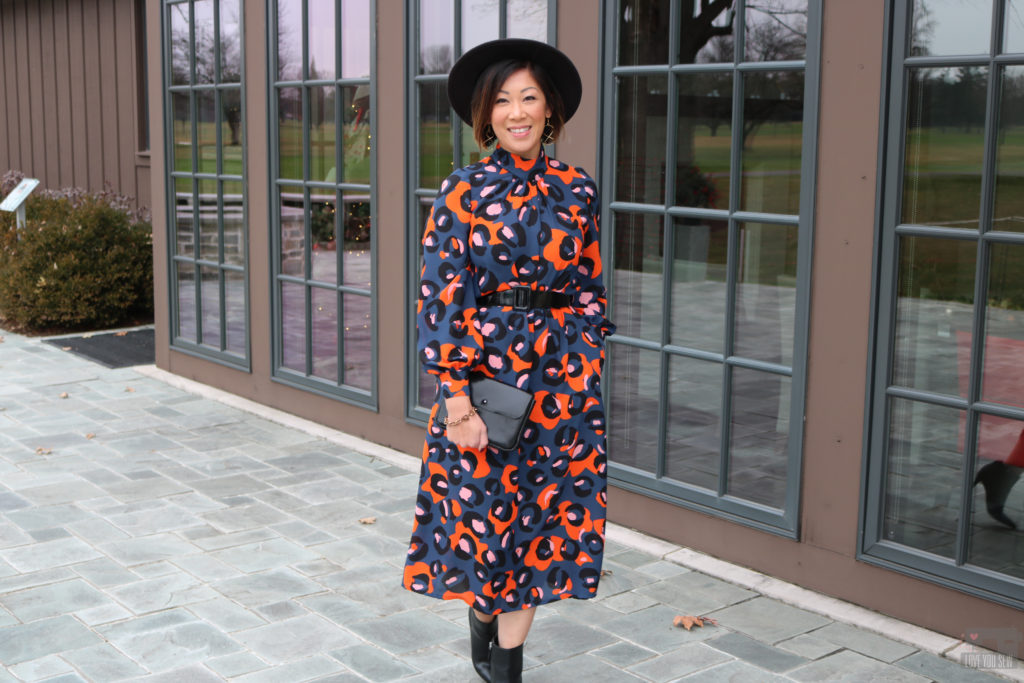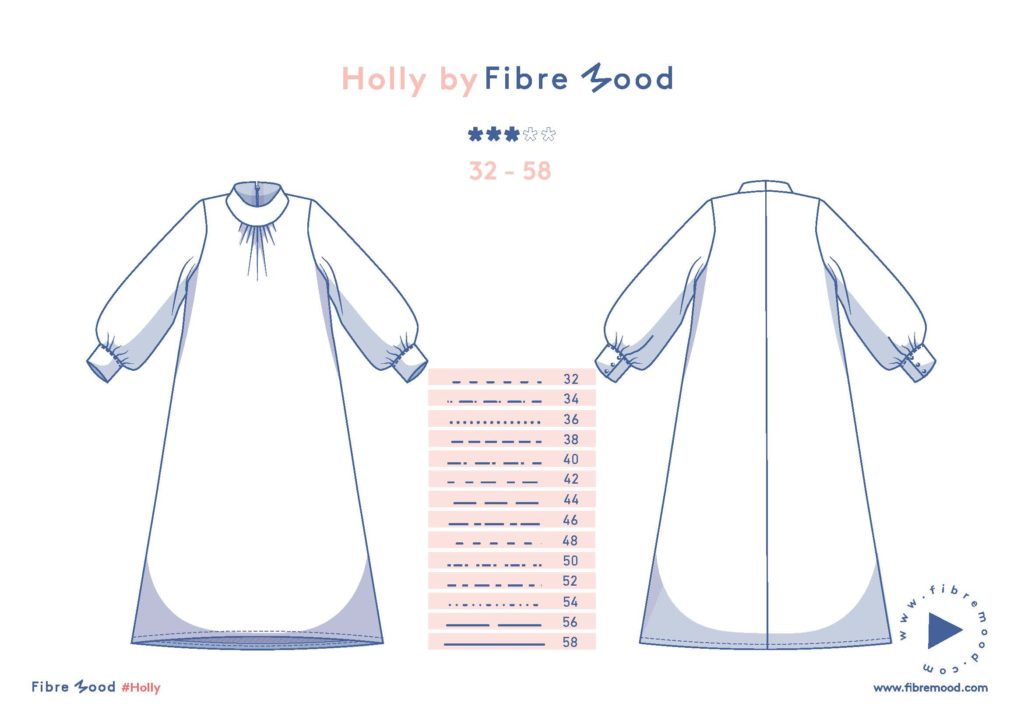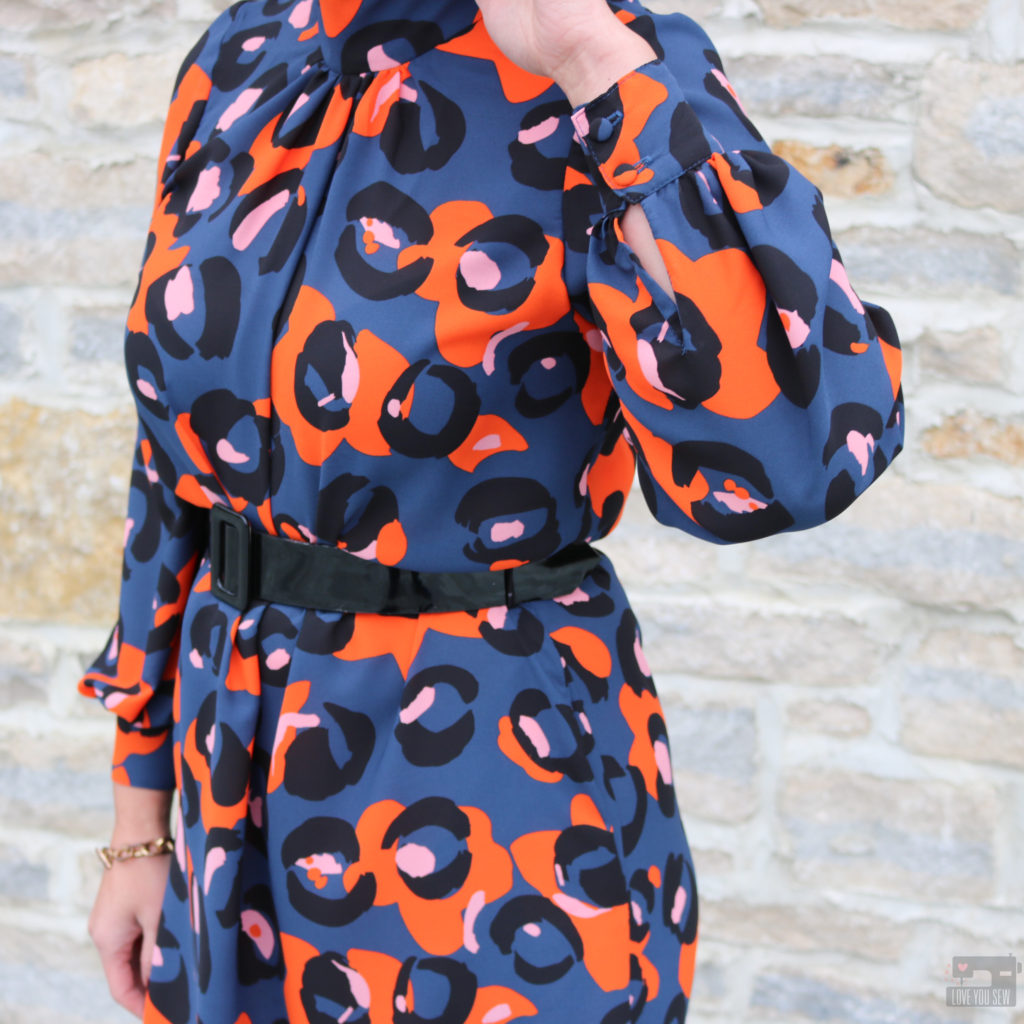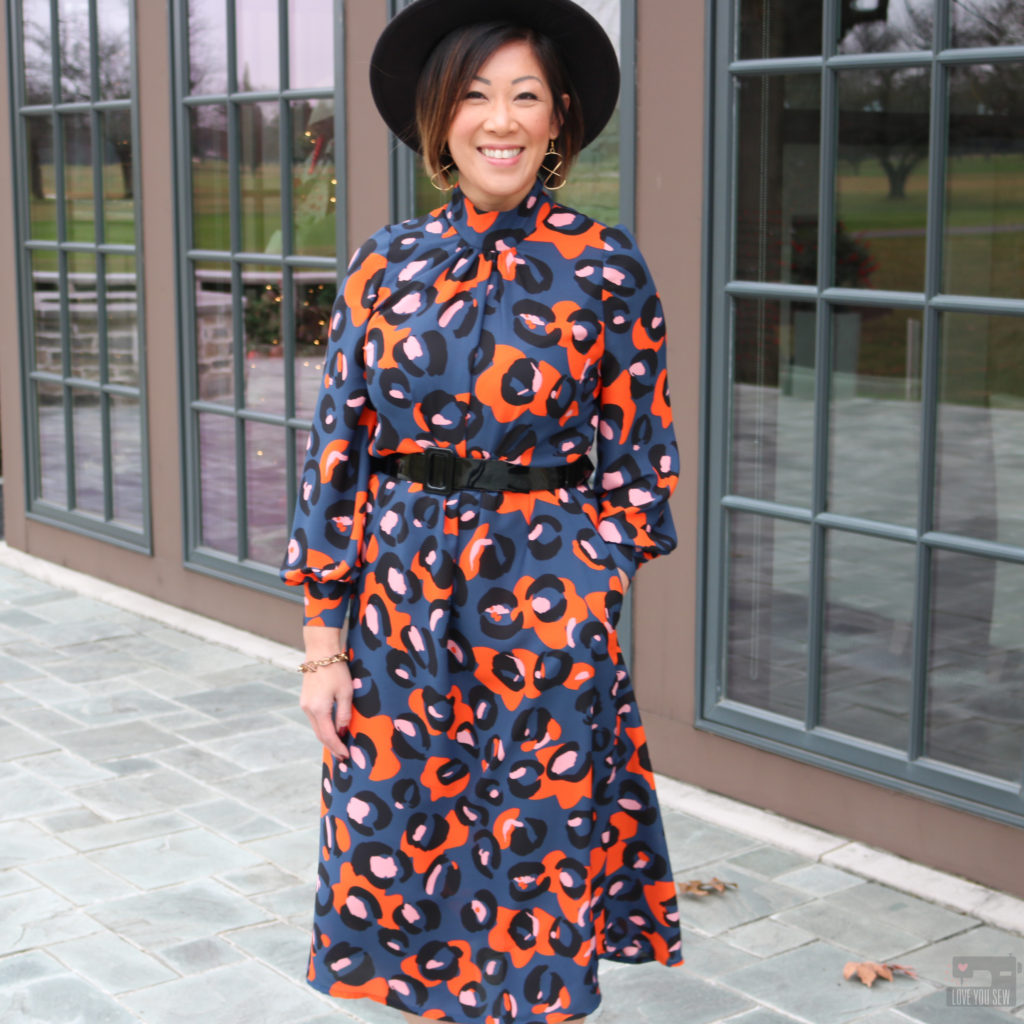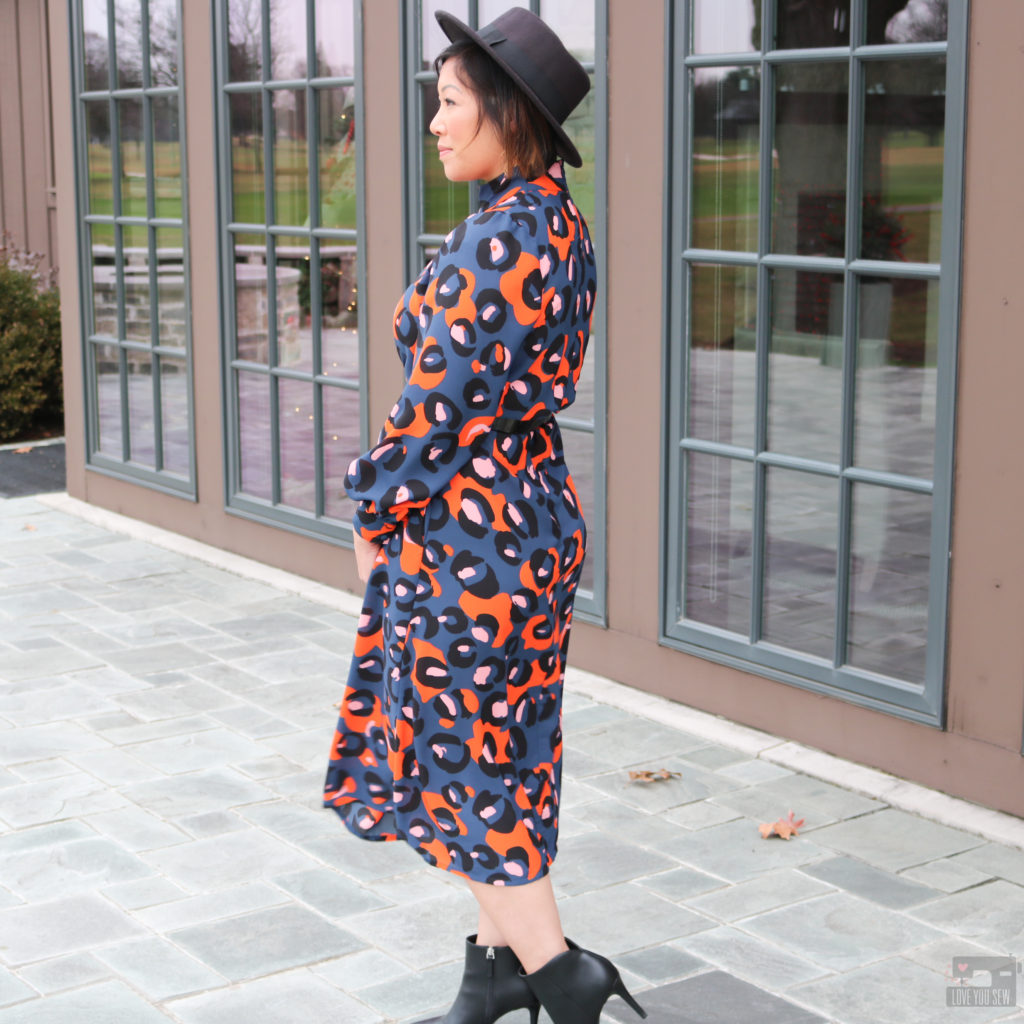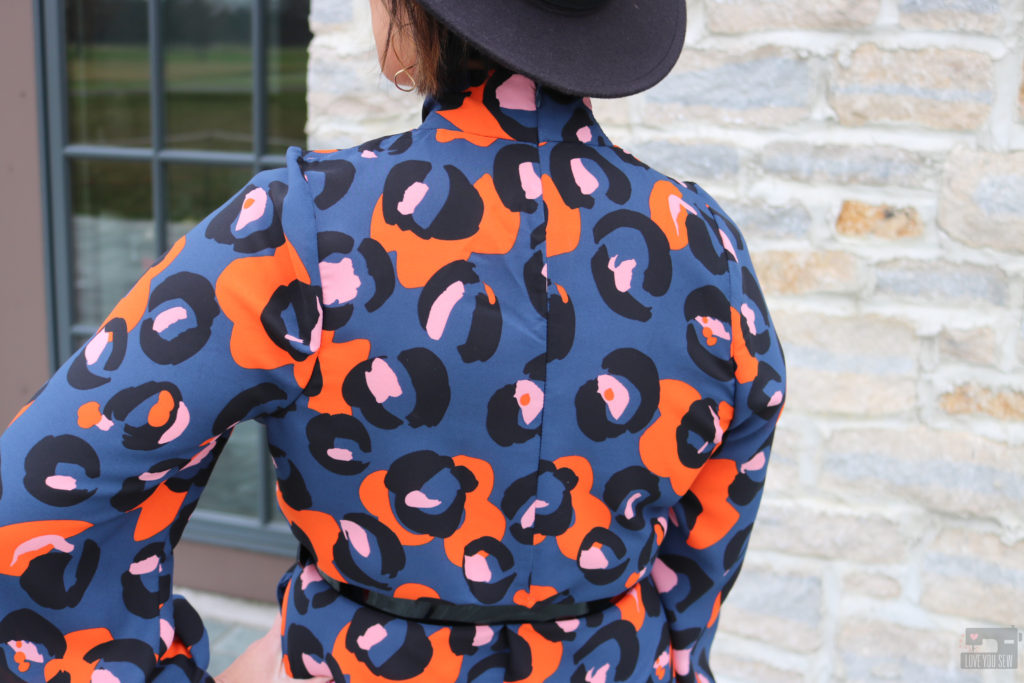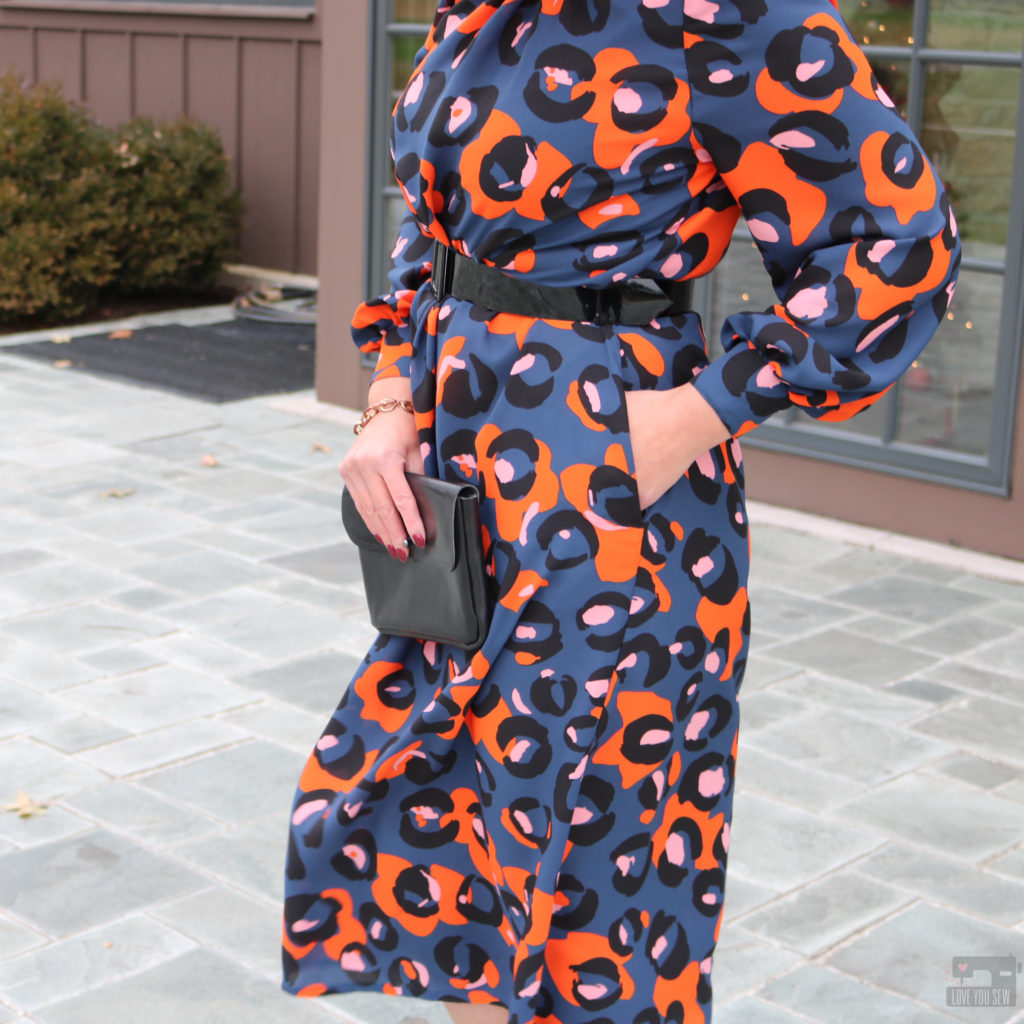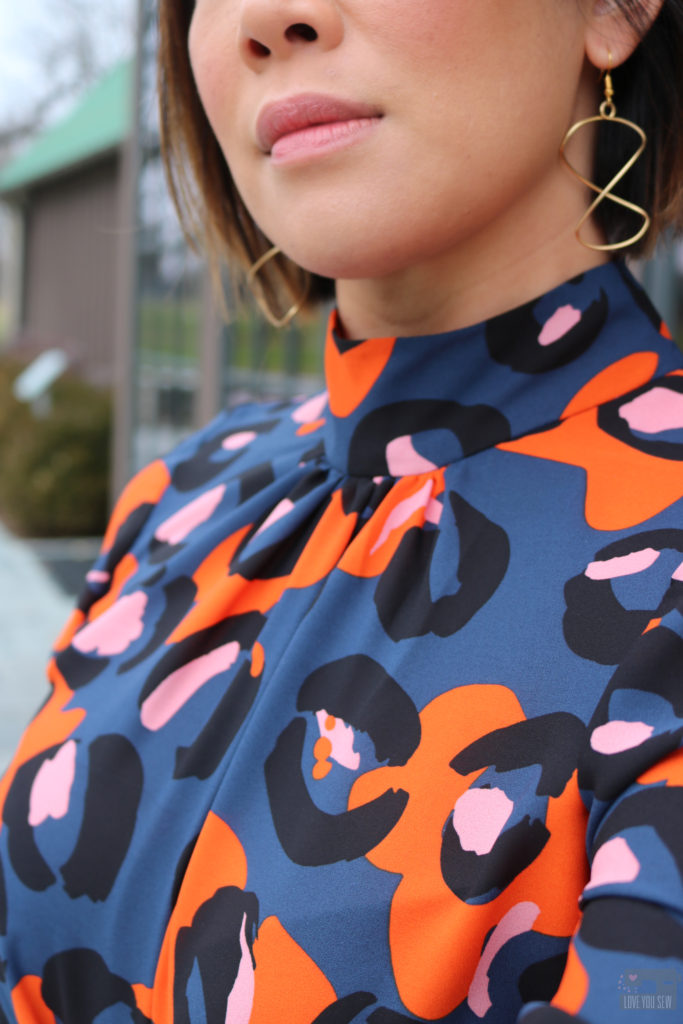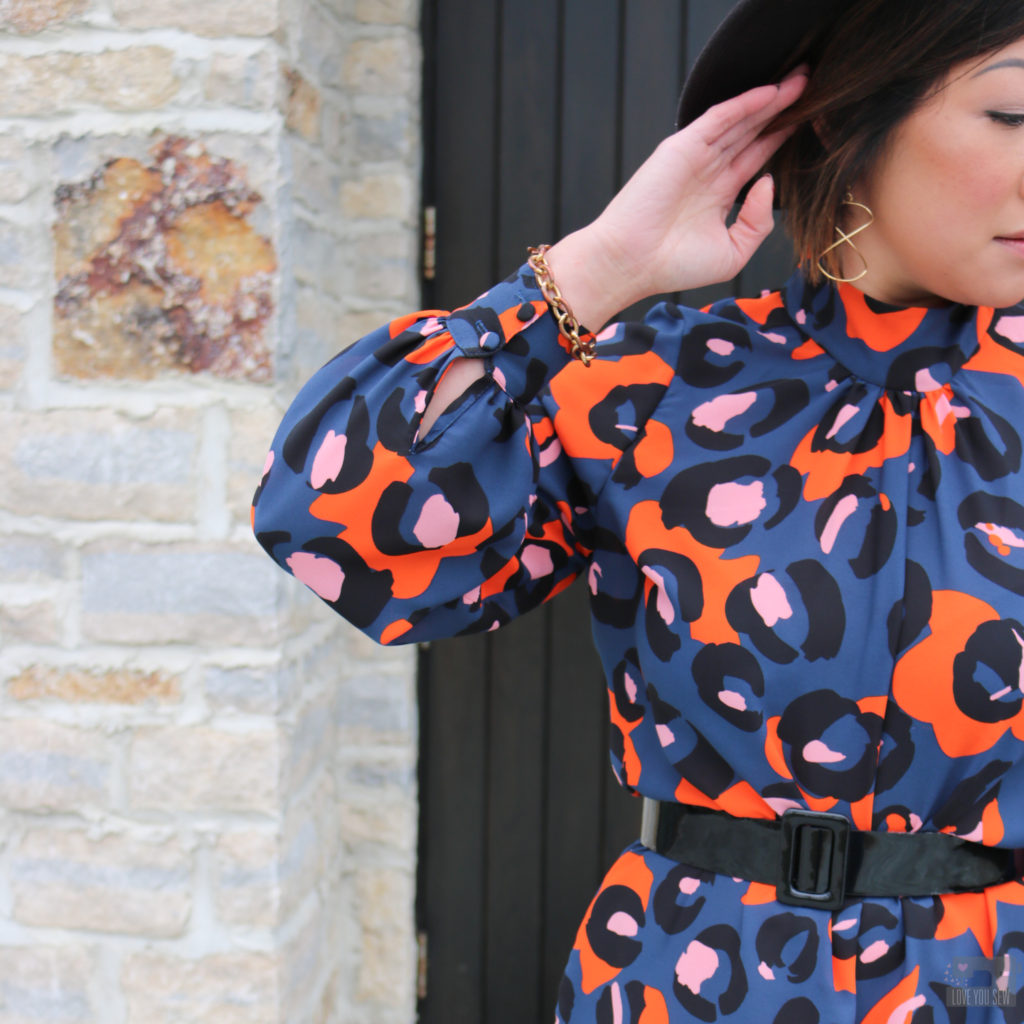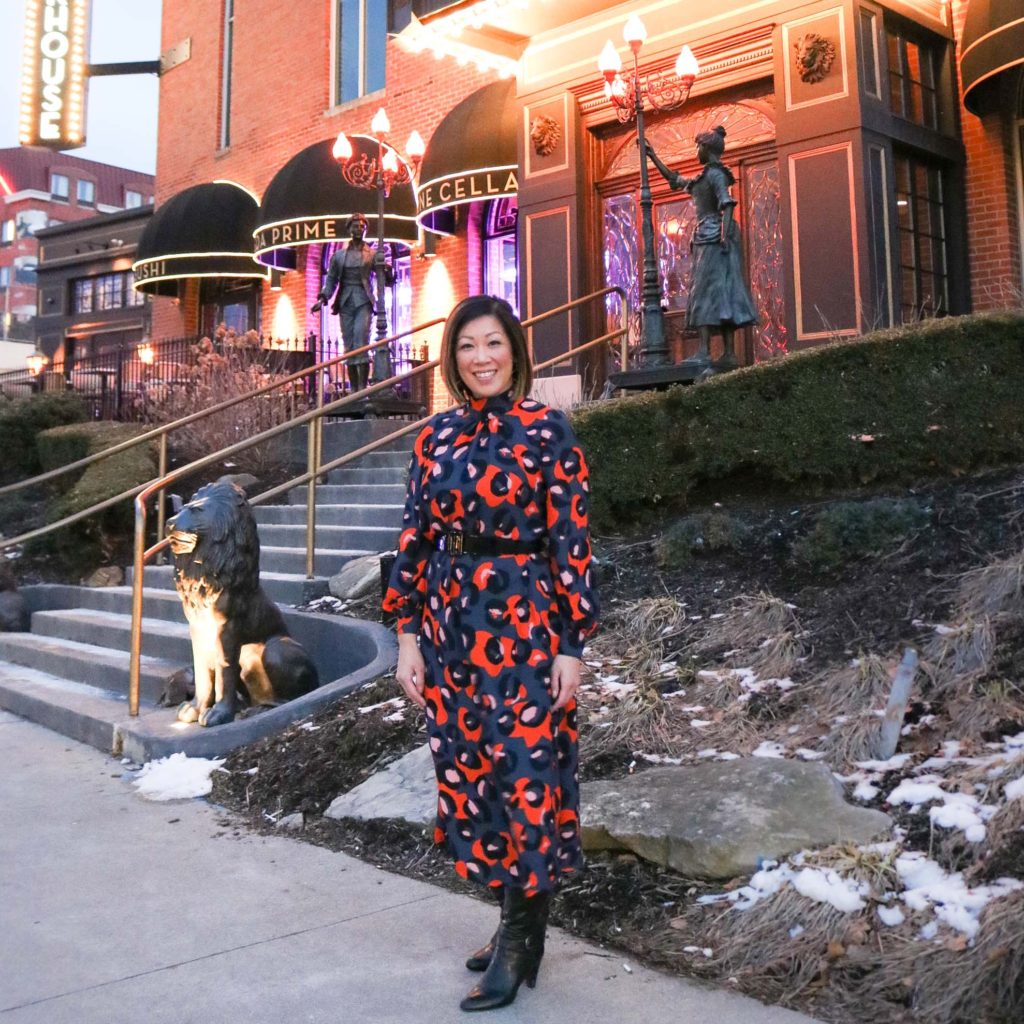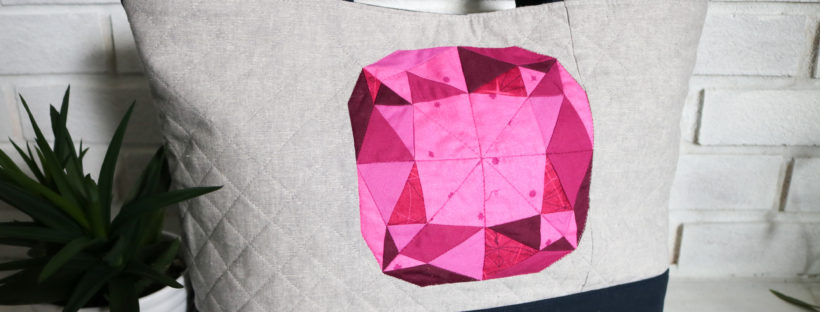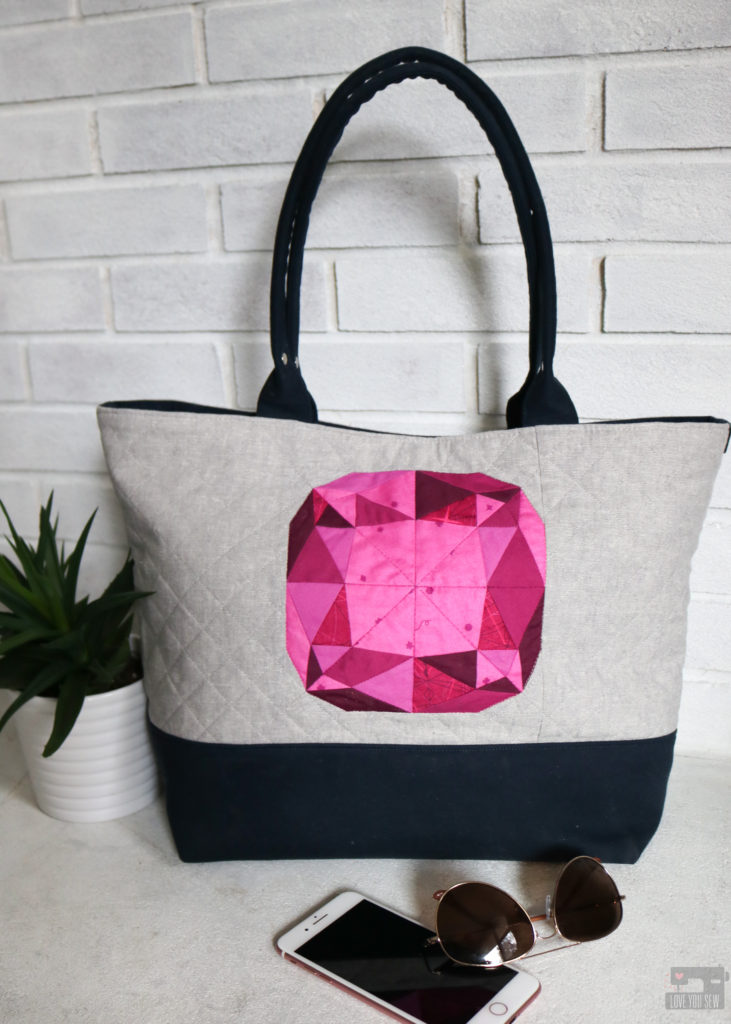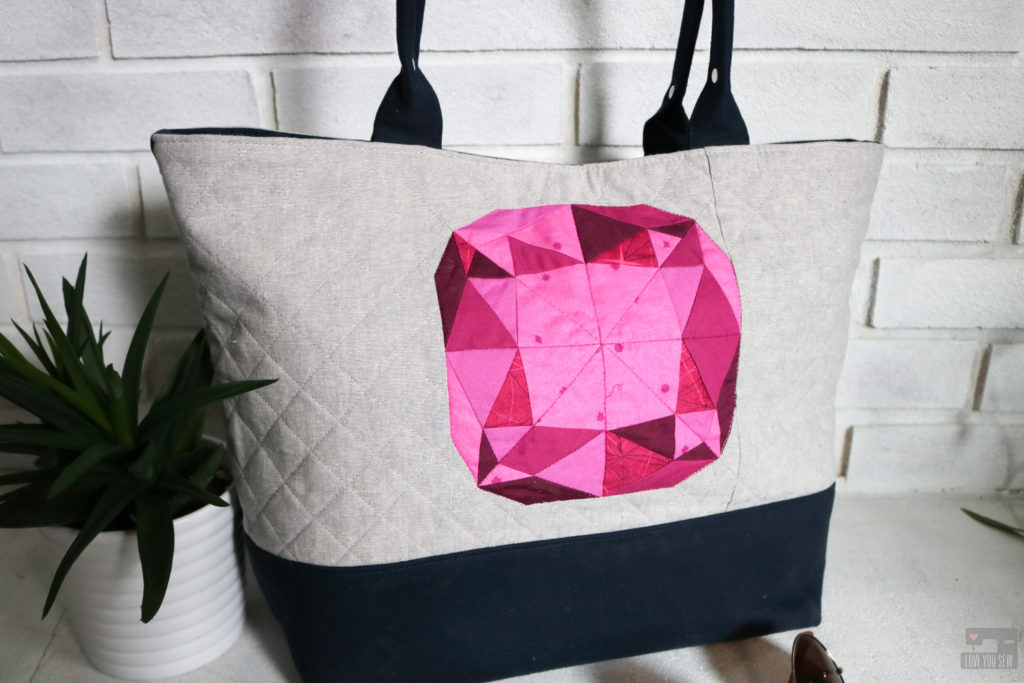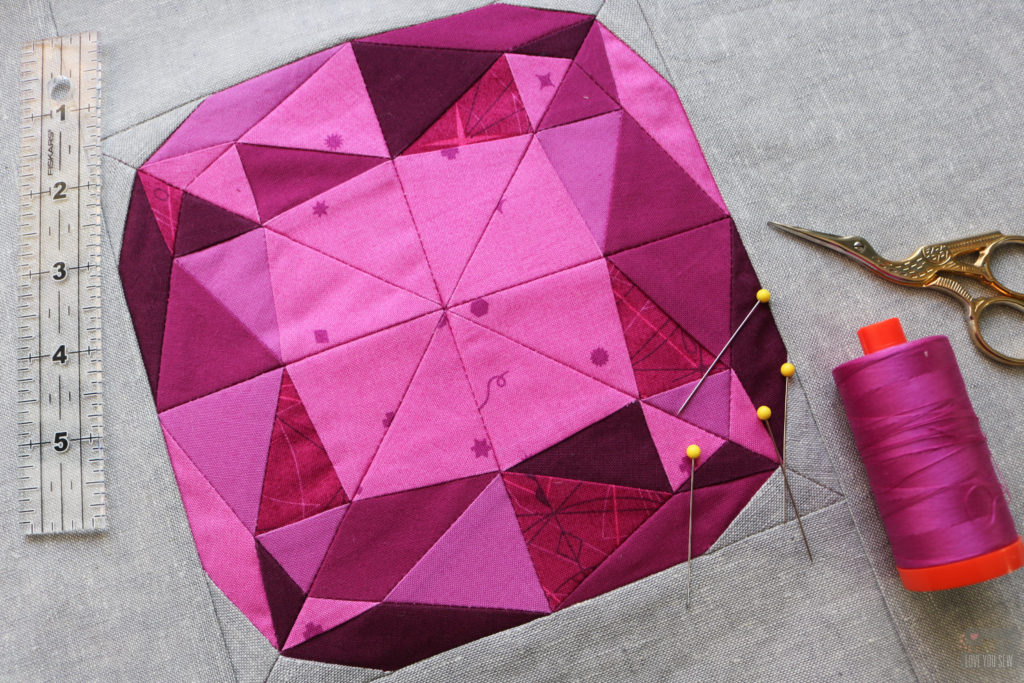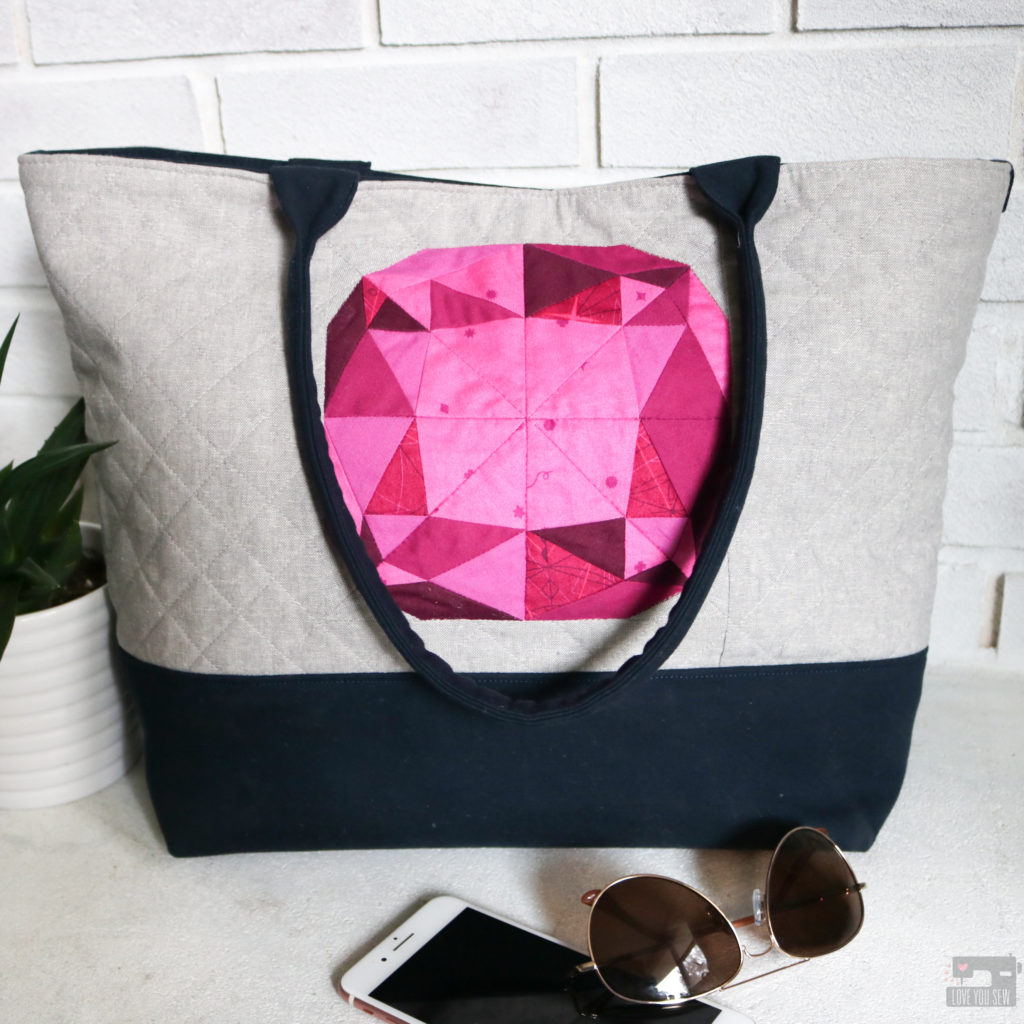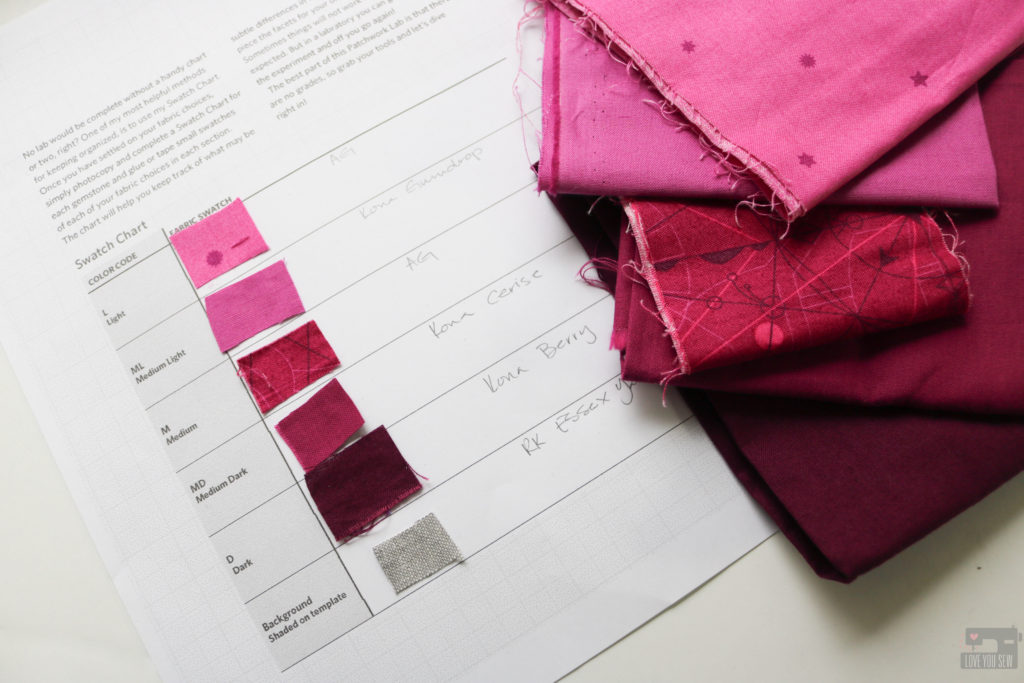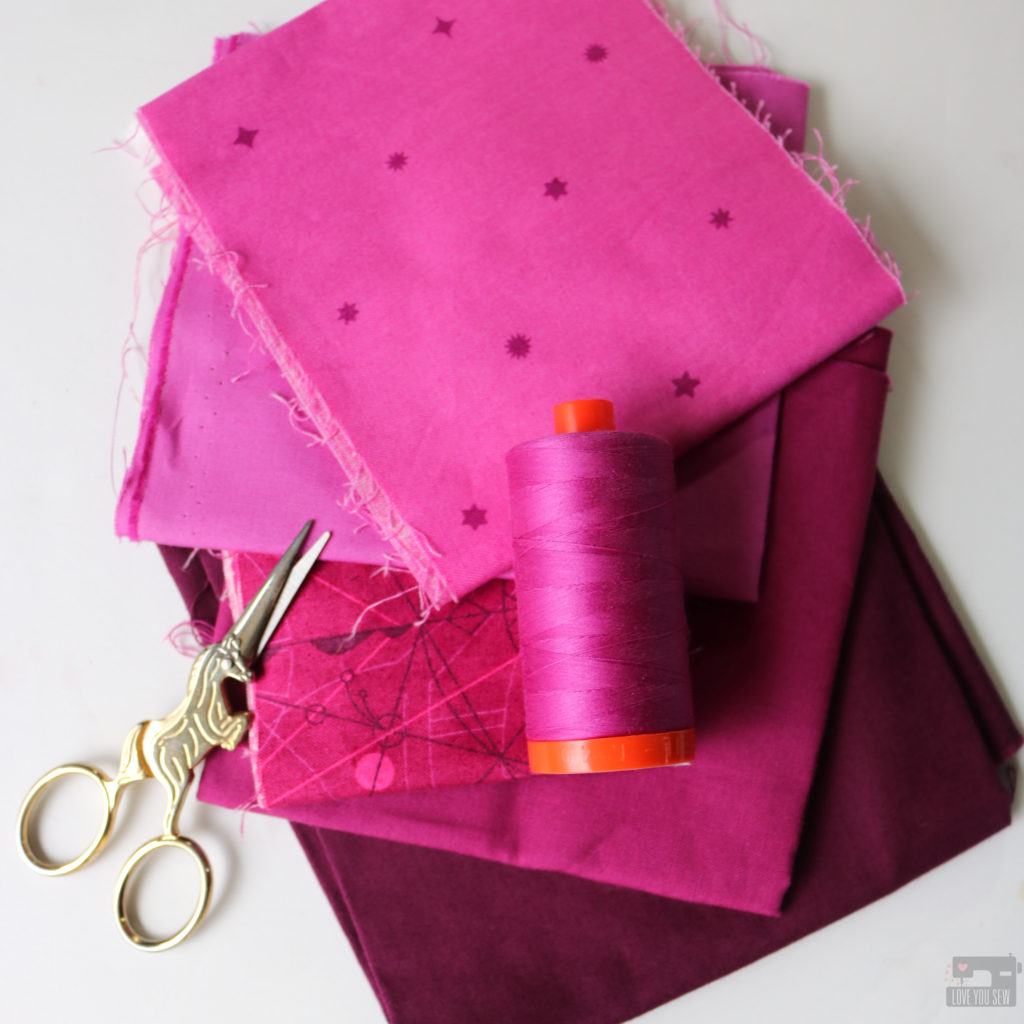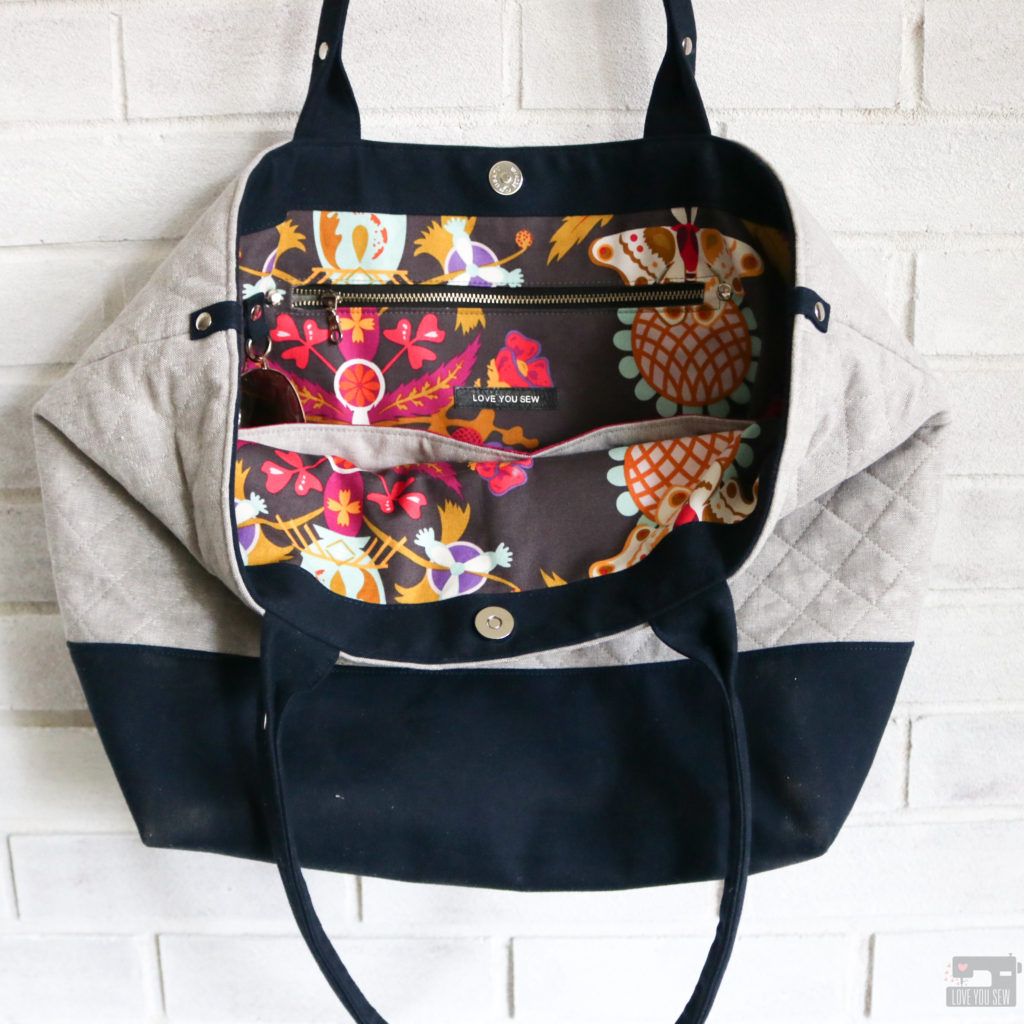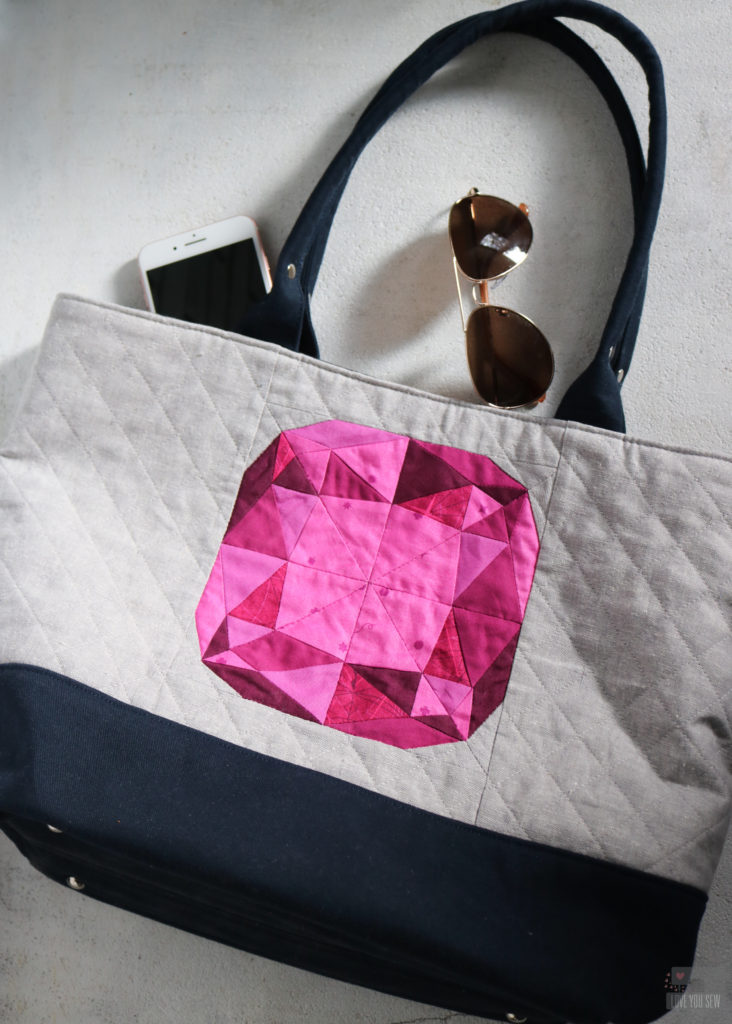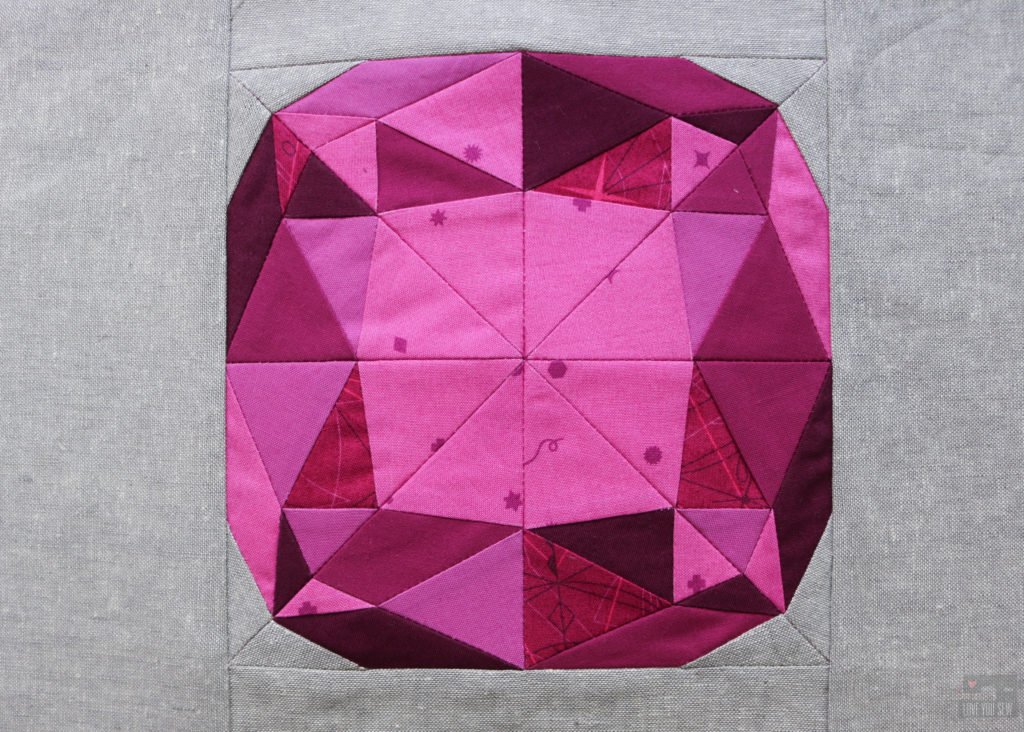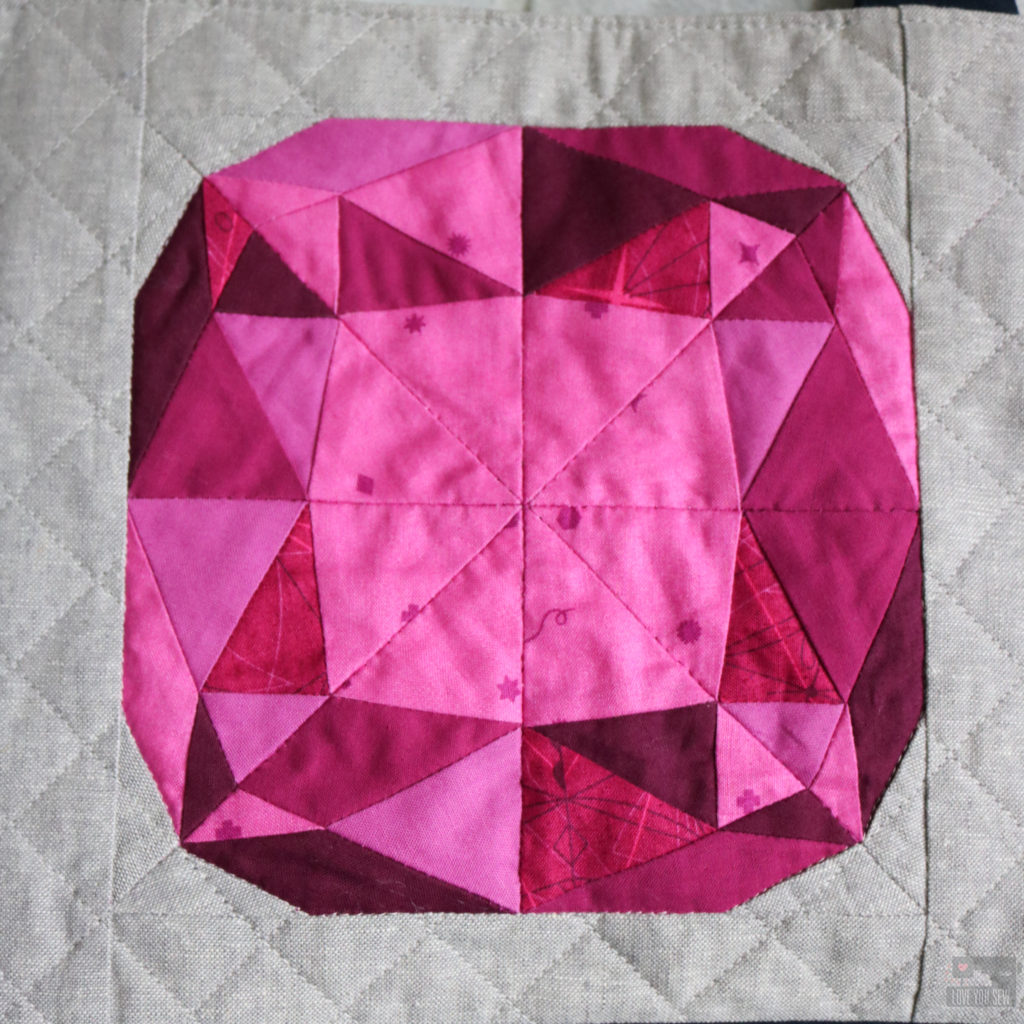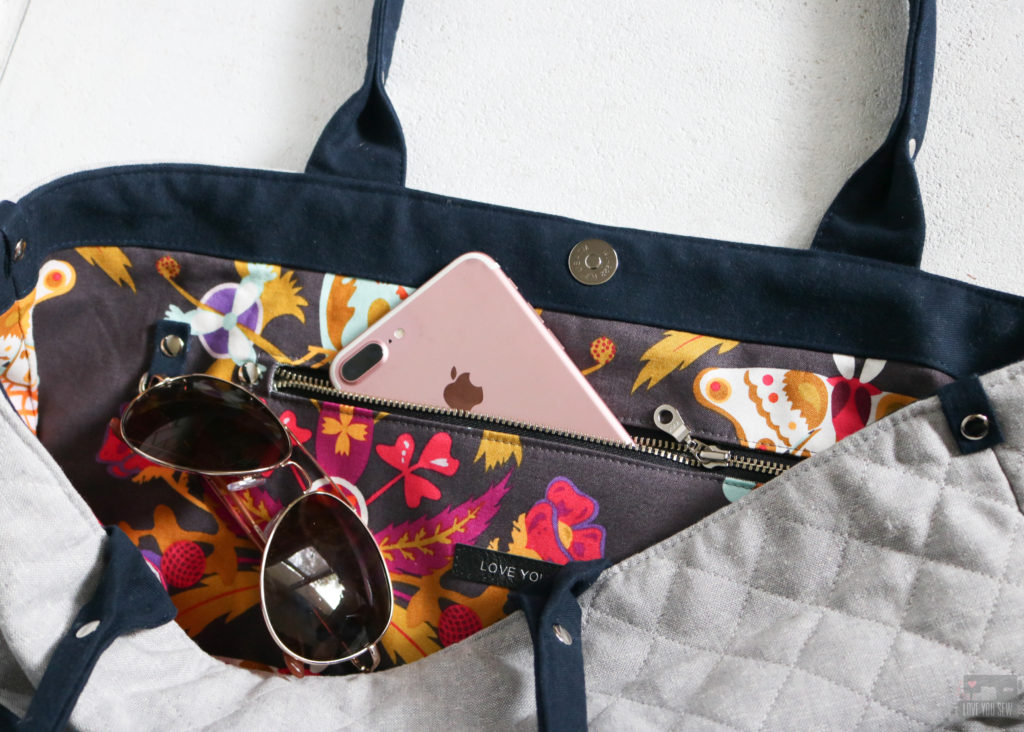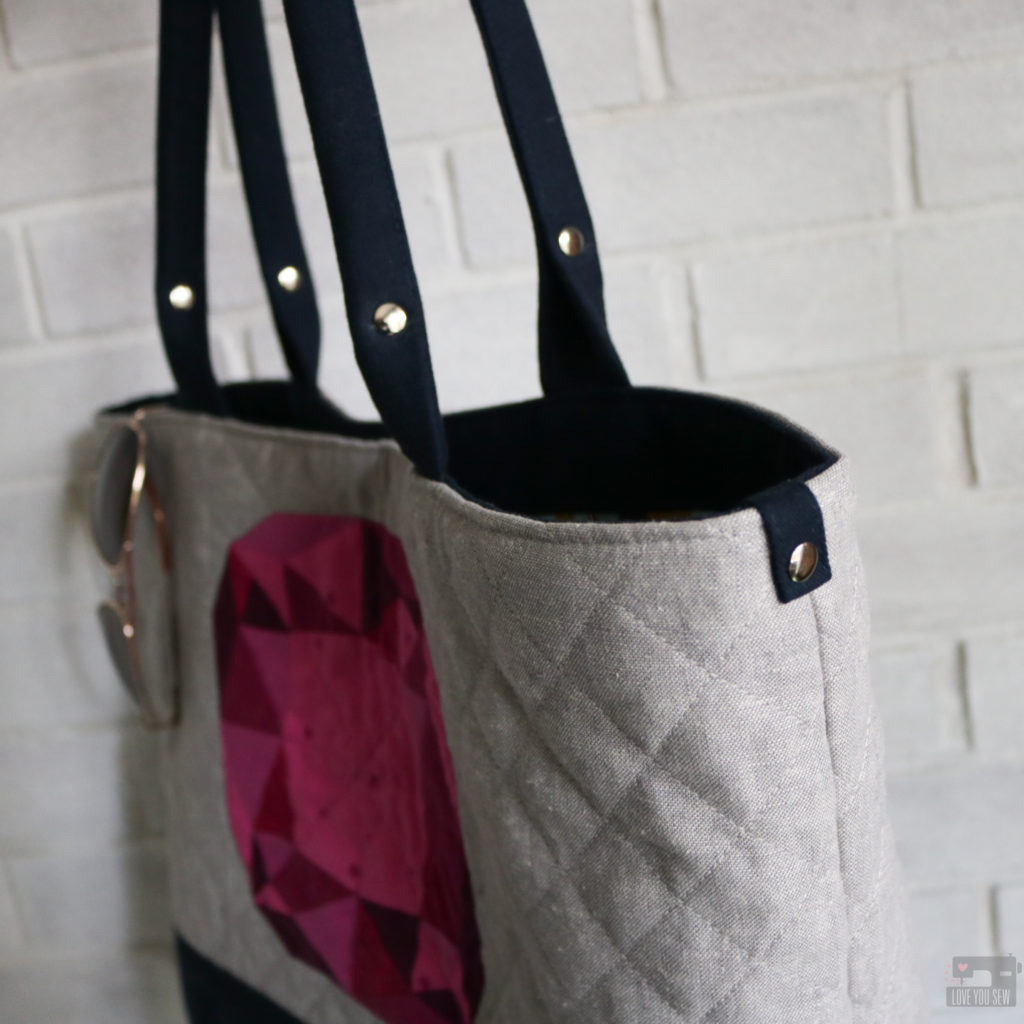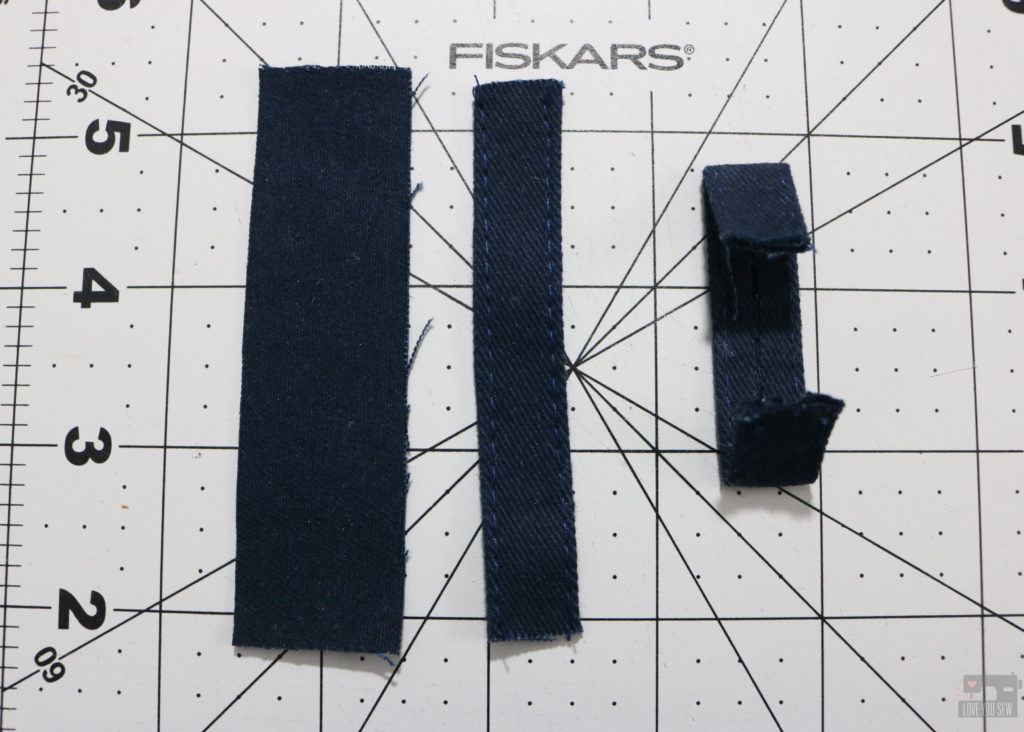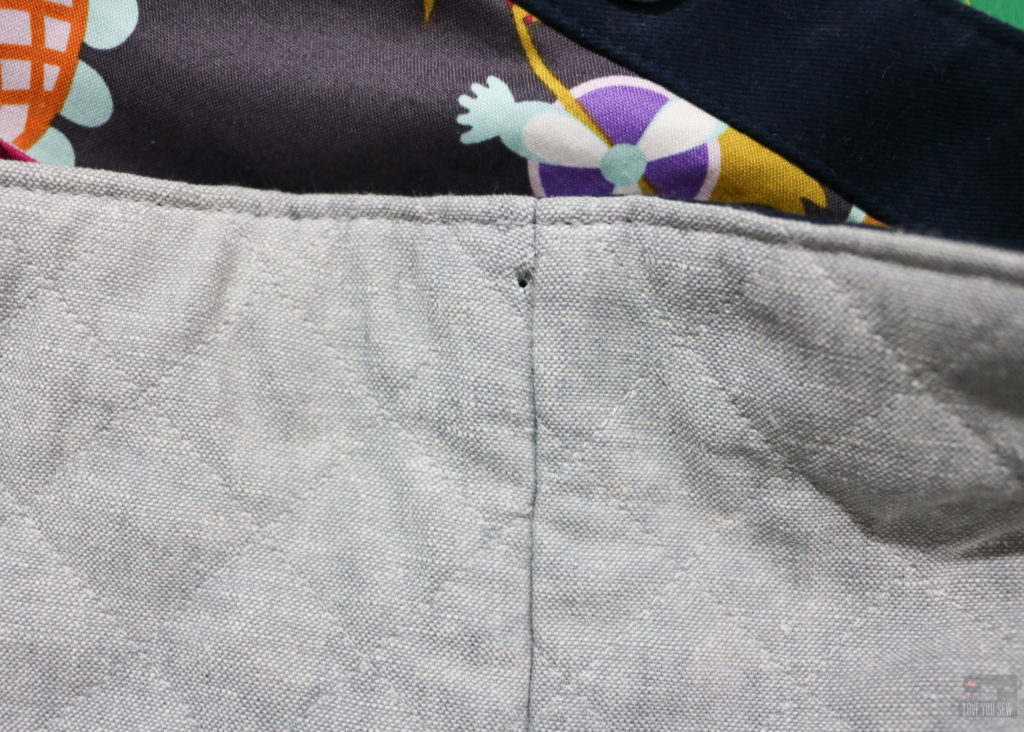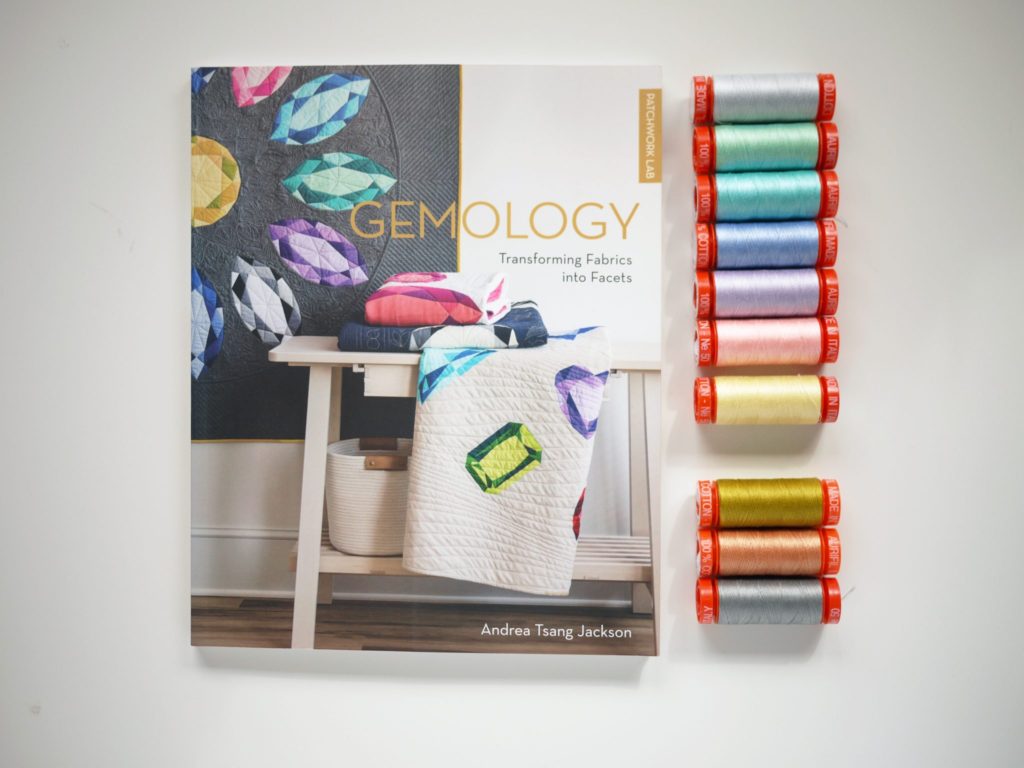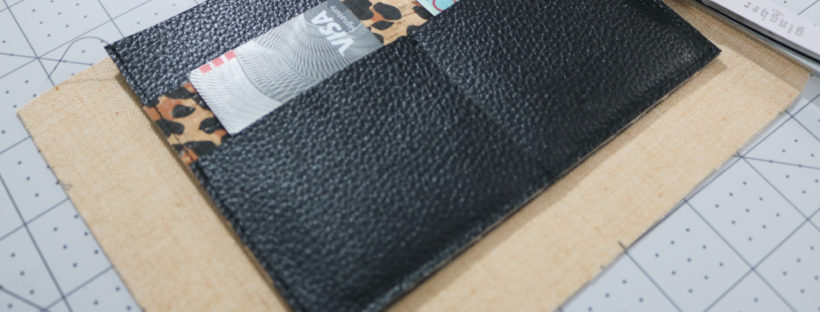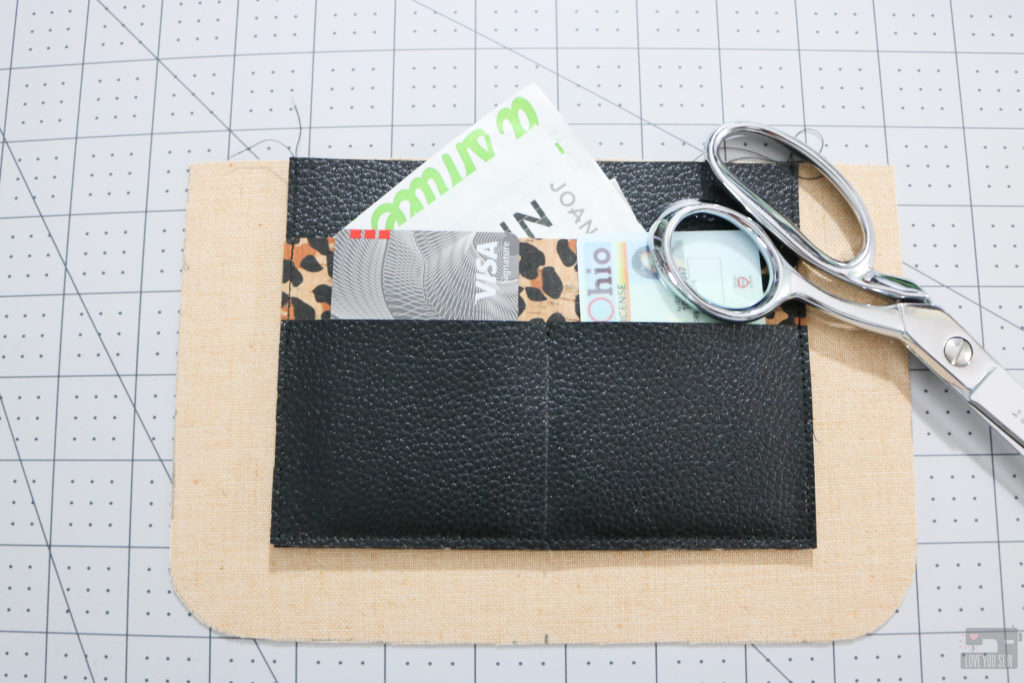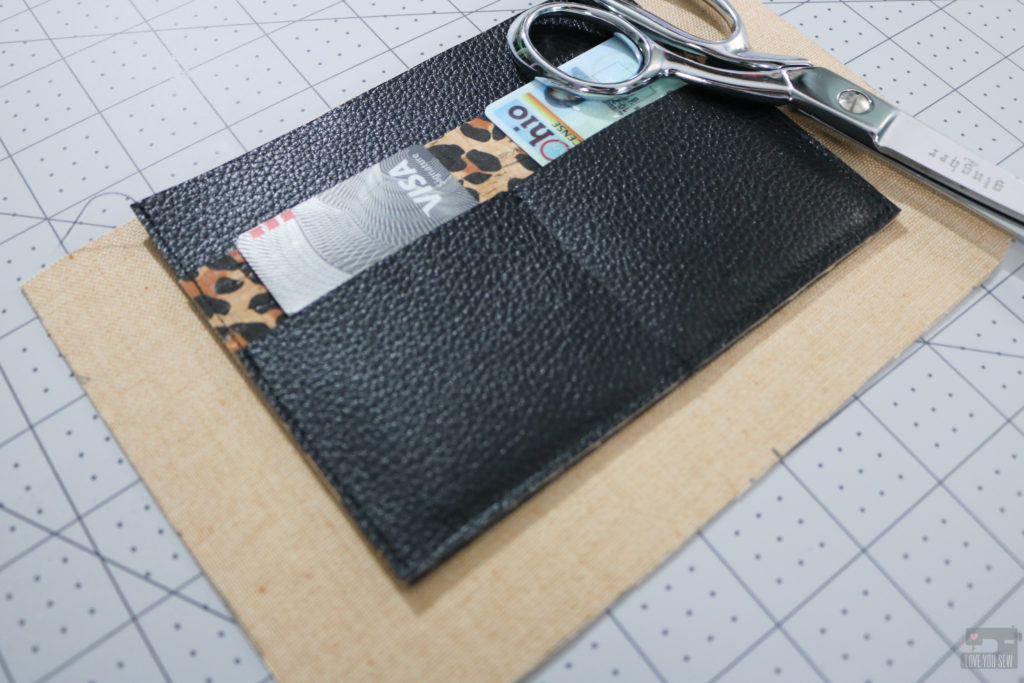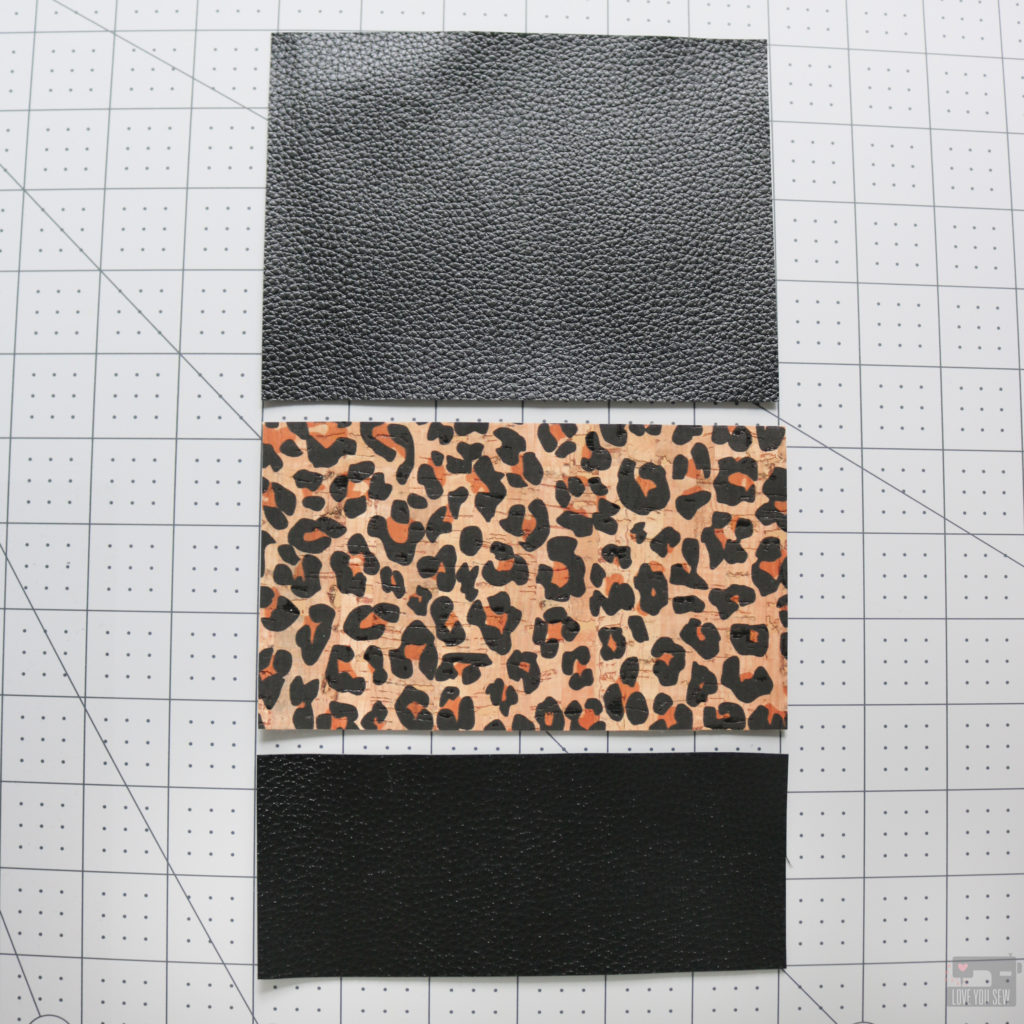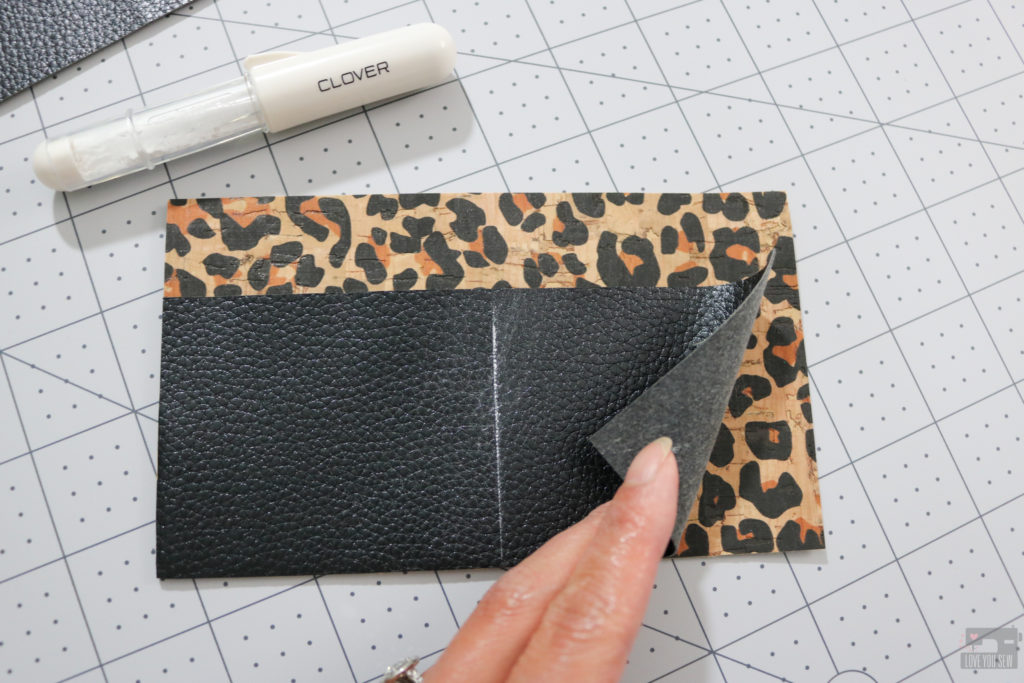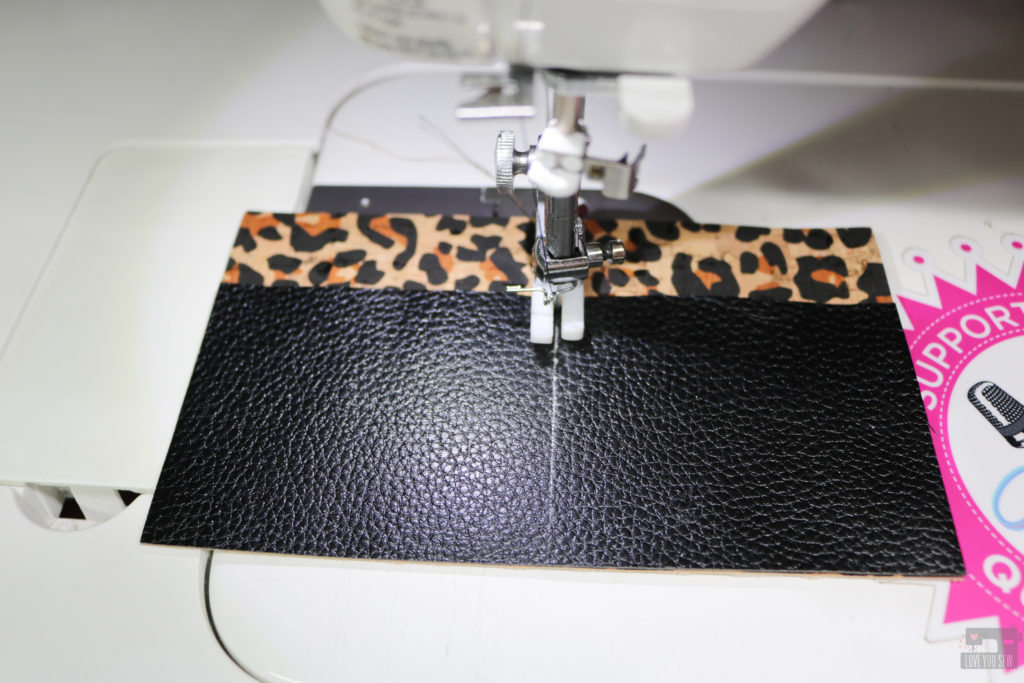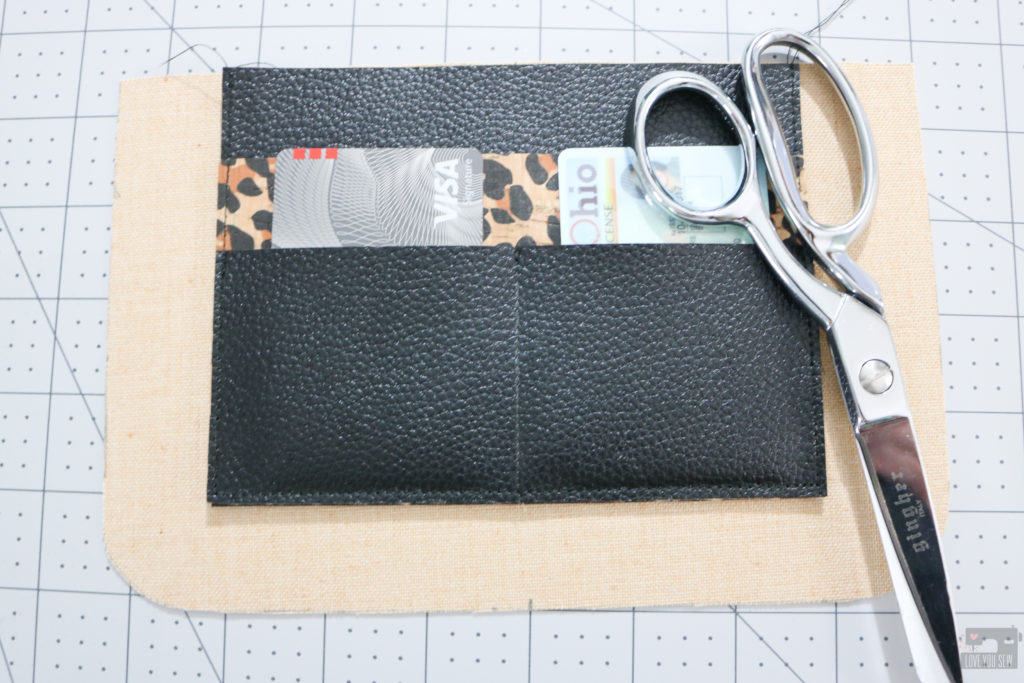This post was originally published August 13, 2019 for the Imagine Gnats Blog. Since the shop closed in early 2020, I have republished my contributors posts (with permission) to this blog. I have included some additional thoughts and pictures after some real-life wear and tear. Enjoy!

In Ohio, we are in the dog days of summer, and this hazy heat is beating down on all of us. It’s at the point of just scorching outside or freezing inside almost all buildings with the air conditioning blasting to compensate for the weather.
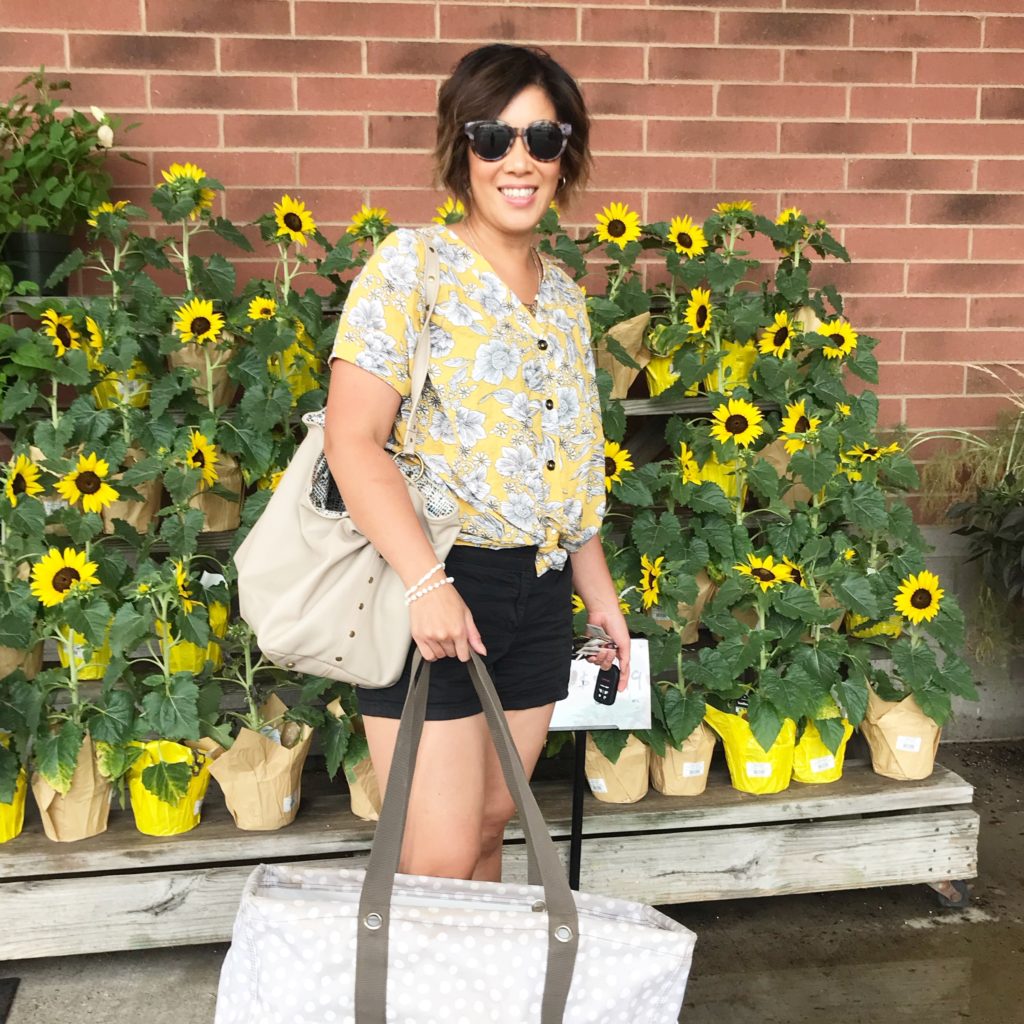
So, I’ve been on the hunt for a lightweight woven fabric and a shirt pattern with some nice ease for a loose and breezy top (enter my voile Aida top). I was so happy to see this Verona Voile (aff link) and had to have it! Then all I could think about was pairing it with the Aida Top by Sew Liberated.
Fabric


If you look closely, you’ll be able to see the great puckered texture the Verona Floral Voile has after washing. It’s not like a seer-sucker with the same repeat waffle texture, but it’s like striped puckering which has been woven in. It’s absolutely gorgeous, and I became a quick fan…since I don’t have to worry about wrinkles anymore!

There are two colors of this Verona Voile Floral – navy blue and yellow. Since I just finished a few blue chambray projects, I wanted to add a little color to my wardrobe with the yellow.
It’s not a color I wear a lot, but I figured I’d go big with the yellow and large flowers since it WAS going to be a summer shirt after all 😉
Pattern

The Aida Top is a new addition to the Imagine Gnats pattern library, and I was pretty stoked to sew it up. It had everything I was looking for: lots of ease, shirt-tail hem, v-neck, button placket, AND written for lightweight woven fabrics.
I was mostly drawn to the v-neck button placket because its a popular style I’ve been seeing with strappy tanks lately.

Based on my measurements, I am an 8 in the bust and also in the waist. With my hips (that don’t lie), I clock at a size 12. With all the ease in this top and after reading some other reviews, I felt pretty comfortable sewing a straight size 8.
You can see in the profile shot of the shirt that the voile Aida top still clears my backside with room to spare! Woohoo!

There are two views of the Aida with either a flat-front or with gathering, and I chose the latter. I like the extra shaping and added texture it has. I also sewed the shirt-tail hem as written, but I think a cropped boxy version would also be great in this pattern.

My arms are on the heavier side for a size 8. RTW woven shirts are generally tight around my biceps and were always tough for me to find since I didn’t want to wear something that was then bigger everywhere else.
My arms fit into the sleeves as drafted, but I wanted a little more ease to be consistent with the look of the top. I reduced the seam allowance by 1/4″ for a little extra breathing room. I also added a 1″ cuff on each sleeve for an extra detail and visual interest.
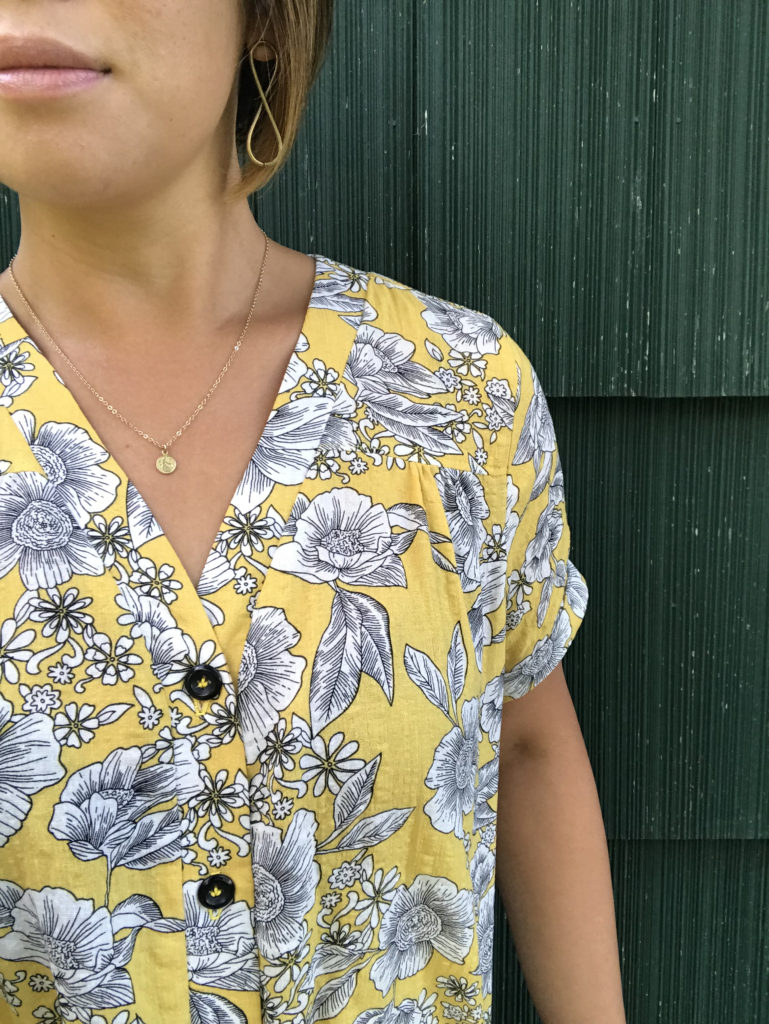
Since I love to use buttons from my MIL’s old stash, I found 5 black ones which were pretty close matches. The pattern calls for 7, but I thought 5 was enough.
Even though I didn’t use the recommended 7, I do wish there was a button template just to know where to place the top button. I had to do a good bit of trial and error to figure out where it should go while keeping a flat neckline, but everything did work out!

The Aida Top in this Verona rayon/cotton voile is just a dream shirt for the summer. I wore it during a heat wave and was so impressed with the airiness and soft feel….making the heat (slightly) more bearable 🙂
I hope you grab some of this fabric and make a voile Aida top of your own soon!!!
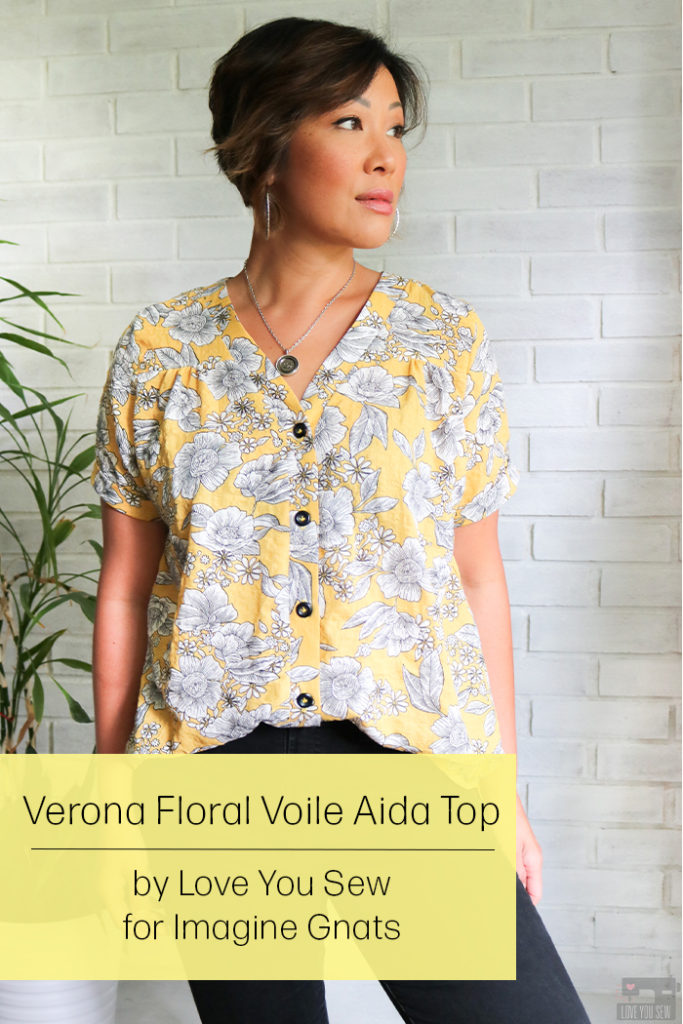
{Edited May 2, 2020}
Since making this top in August, I’ve worn it at least another dozen times and have yet to iron it –so the textured voile is definitely a winner! The fabric washes well and the texture is still perfectly waffled. I just broke it out for the first time this year since the temperatures jumped about 20*F. But with Covid-19 quarantine and all the additional baking happening… I need some coverage while still being breathable, and this is it. The Aida is still a winner in a my book! Below are updated links if you would like to make your own:
- Pattern: Aida Top by Sew Liberated
- Fabric: Verona Voile by Telio Fashion (affiliate link)
Happy Sewing!
Cristy
This post may contain affiliate links. You can read about my disclosures here.

